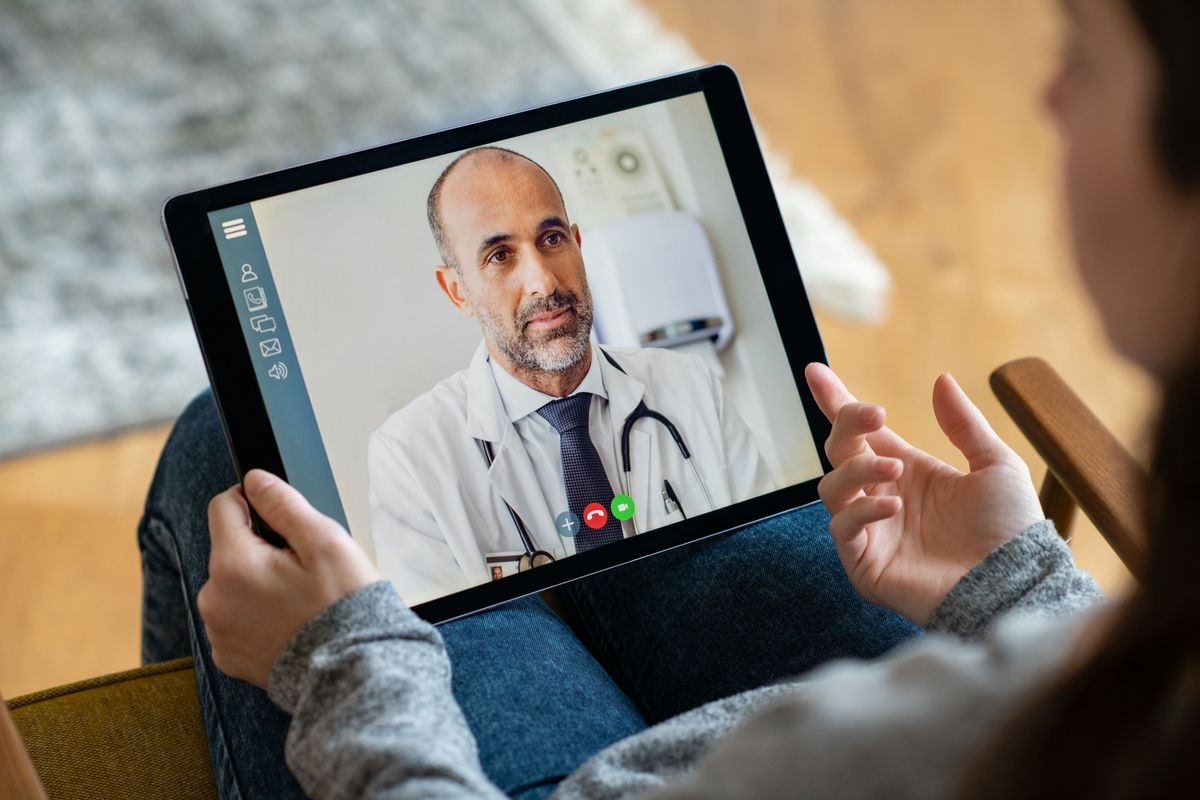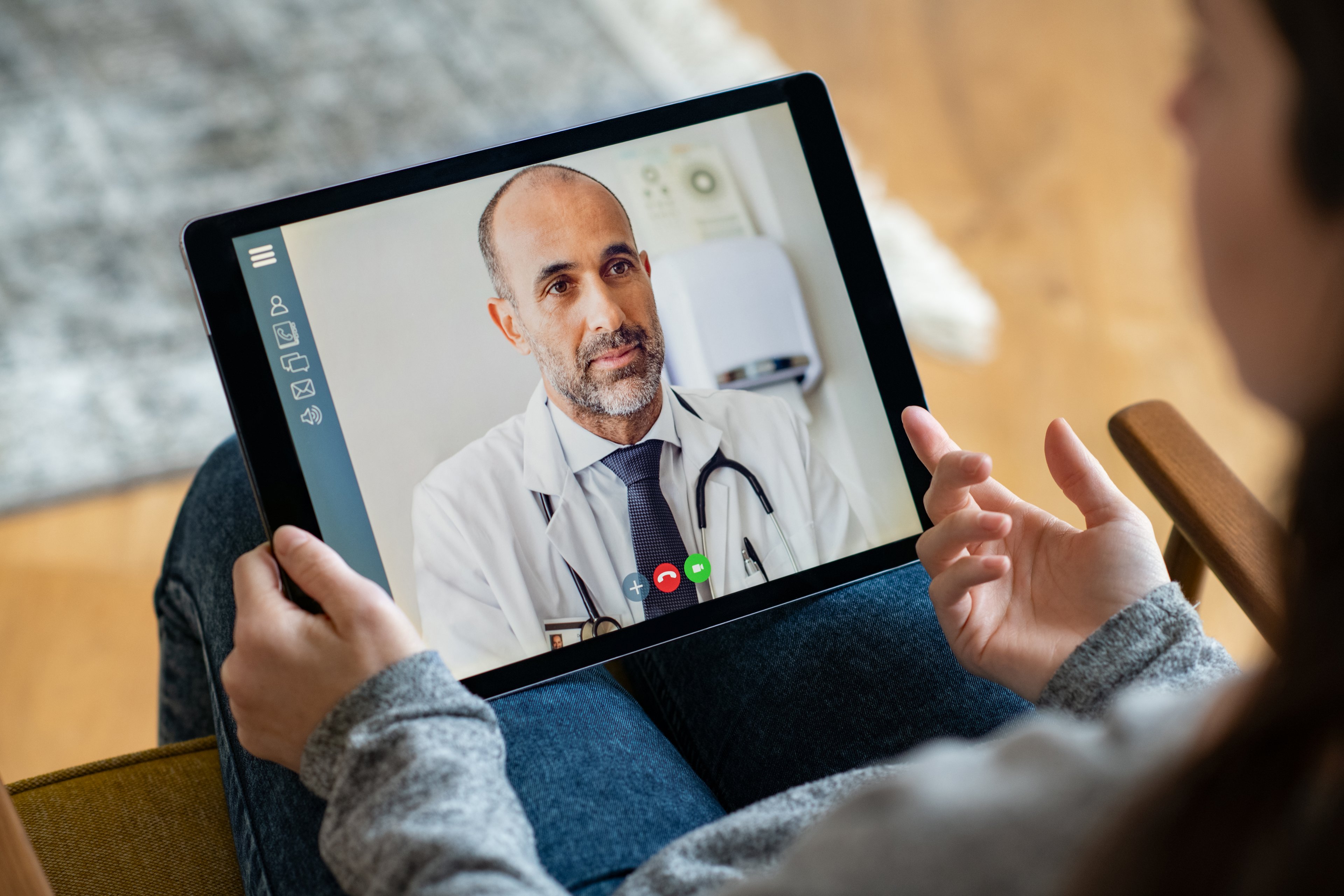Healthcare networking platform Doximity (DOCS +1.24%) is used by 80% of U.S. physicians and just became a publicly traded company. In this Fool Live video clip, recorded on July 8, Fool.com contributor Brian Feroldi discusses the company and why it could be worth a closer look.
Brian Feroldi: This is a company that just came public. Emily and I talked about it on Industry Focus, just prior to it coming public. At the time, it was priced at $21.50, it actually priced at $26, which sounds favorable until you realize it's trading at $47 today. Bankers really screwed up the pricing, yet again, this company left a bunch of money on the table. It immediately doubled as soon as it came public.
What does Doximity do? Again, the two-second takeaway, they're the LinkedIn of healthcare. Their mission is health physicians be more productive and provide better care for their patients. I wish it was just help physicians to be more productive stop, but pretty good. I love that they call this out right upfront. This is an app that has been downloaded by over 1 million healthcare professionals, and it has a 4.8-star out of five-star rating on iOS. Not only is this incredibly popular, users really seem to like it. How's this for a blow-away stat? Eighty percent of doctors in the U.S. are on Doximity. Fifty percent of all nurse practitioners and physician assistants are on Doximity.
That's pretty darn impressive considering this app is barely even 10 years old, that is some amazing market share, 20 of the 20 largest healthcare systems in the United States and pharmaceutical manufacturers are on this platform. They started from scratch, a brand-new telehealth service about 18 months ago, and it was used 63 million times so far. For perspective, Teladoc last year was 13 million, so incredible considering that business did not exist. Their net revenue retention rate, that should give you a hint about what business model they're going after, was 153%, and they are crazy profitable already. 1.8 million medical professionals in total on their platform.
What can you do with this platform? A number of things once you download the app. If you're a doctor, you can use it to stay up to date with the latest and greatest research that comes out. You can use it to research drugs, medical devices, anything right from your smartphone. You can use it to connect with, communicate with, and talk to other healthcare providers. If you are collaborating on the patient and you want to share information with another doctor to get an opinion or do so for just your own networking purposes, Doximity can help you do that. You can use the app to do FaceTime calls with patients or other doctors as a communication network. Importantly, it keeps your number as the doctor private, so the patient can't call you back, that's an important solution. Same thing with text messages as well as just plain old phone calls, which is a nice feature for doctors to use. Again, you can use this app to communicate with patients and other healthcare providers.
Now, why is this a powerful company? Because of this, physicians direct have a huge influence over 73% of the spending that goes on in the United States, that's $4 trillion market, and physicians directly influence more than 70%. As a former healthcare rep in this industry, I can tell you that my product did well or did poorly based solely on what the physician said, period. That was it. We spent heavily to market our products to physicians and so does every other healthcare plans on earth. Doximity helps them do just that.
This company has four primary business users. The first they call Hospital Solutions, which is recruiting. If you're at a hospital or healthcare facility, you want to attract doctors to your platform. Again, it's the LinkedIn of healthcare. Second is the telehealth business. The third is the Talent Solutions, very similar to the Hospital Solutions. Finally is the Life Sciences Solutions, which is the bread and butter of this business right now. If you're a pharmaceutical company, if you're a medical device company and you want to advertise to doctors, Doximity helps you do that. You can create marketing campaigns and get that information out and in front of doctors. That is currently 80% of their revenue. Again, that business is called Marketing Solutions. It's subscription-based and it's also paid for based on each marketing campaign. They have lots of examples in there of healthcare companies signing on for one product. Over the next five years, they ramped that up to 30 products that are on there. That dollar-based net revenue retention rate shows you that it's working. The two is the hiring business, and then three is the telehealth business, which is barely monetized at this point, it's basically a feature, but perhaps they could do more with that in the future.
Again, this business is already at pretty significant scale. They've got 150 of the top health systems in the United States, and they already have 600 subscription customers in total, 200 of which will pay at least $100,000, and 29 of which will spend $1 million. All three of those numbers are trending in the direction that you would expect. That gives them a net revenue retention rate that is consistently hovered over 132%. Fiscal 2021, which was 2020, was a great year for the business for obvious reasons. However, it's not like they were doing poorly before that and then it was all of a sudden a great year. Their net revenue retention rate was very high prior to that. The company's growth has been outstanding. In the last fiscal year, grew revenue 78% to $207 million and this company's margins are jaw-dropping. Gross margin, 85%, operating margin, 25%, net margin, 24%. That's probably going to go down because of taxes.
But this business is already highly profitable. It spits out lots of cash. The balance sheet now looks amazing, thanks to coming public. They now have over $600 million in cash and no debt, plenty of optionality there. Stock-based compensation is completely reasonable, although this was as a private company, who knows what's going to happen out there, a public company. They think that their opportunity in all of their business units is huge. They peg their opportunity in the US at $18.5 billion. As a reminder, they did about $200 million in revenue over the last 12 months. According to them, in their current units, they have 1% of their market captured.
All three co-founders of this business are still involved in the C-suite. The CEO is the former co-founder of Epocrates, which was a medical app that was sold to Athenahealth for $300 million. He was rich prior to starting at Doximity. Because of that, he is focused on the culture. Employees really like him, not a ton of ratings, 30, but pretty good start so far. He himself owns 32% of the shares outstanding. Major, major inside ownership here. Reviewing what I like, mission-driven, love the business model, high margins, profitable, free cash flow positive, perfect balance sheet. I think the moat is there and getting wider. I like the optionality, founder-led management team, big inside ownerships, huge team. What don't I like? Forty times sales. It was much worse a week ago. How big is the pie? They say $18 billion. Is that realistic? Three, is there operating leverage left? I like it when companies have operating leverage ahead of them, this company is operating leverage is behind them. Unless they're going to move that net margin up from 24%, to maybe, can it get to like MasterCard levels? I don't know about that. That might be stuck. Therefore, profit growth is going to come from revenue growth. Then finally, does this concept transfer internationally? I don't know, I don't think so. They might have to acquire their way to international growth, but the business model could be replicated in other markets. I just don't know if it'll work for Doximity. Overall, tons to like, Doximity, D-O-C-S.







